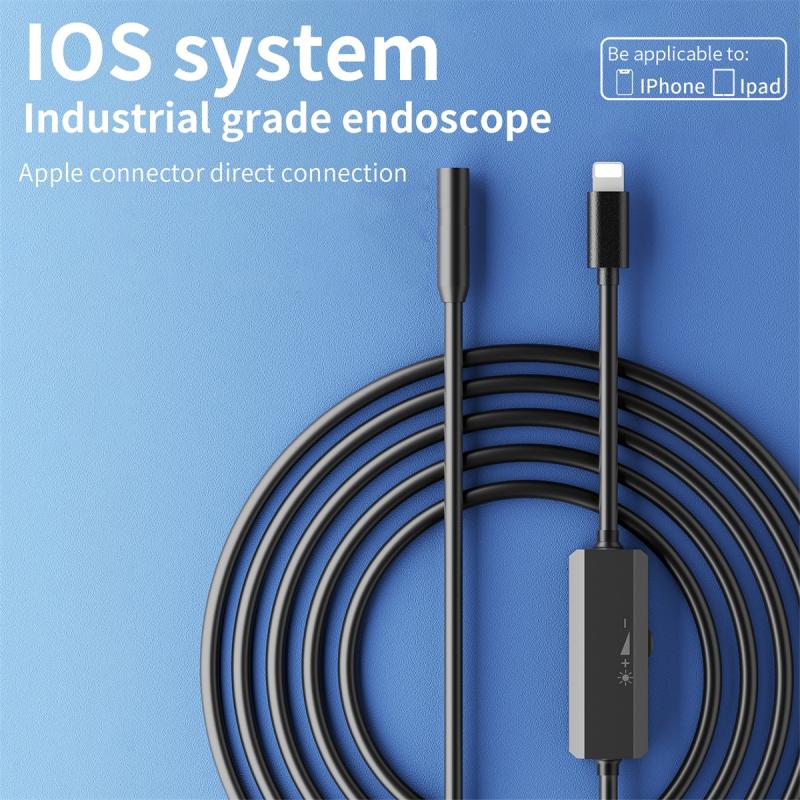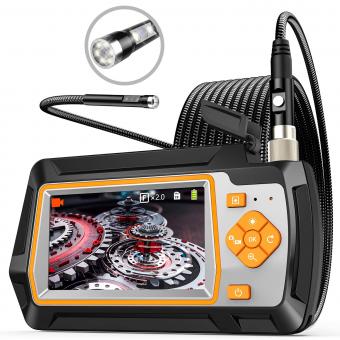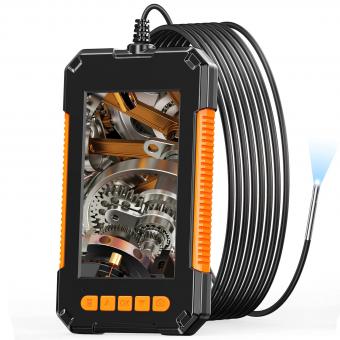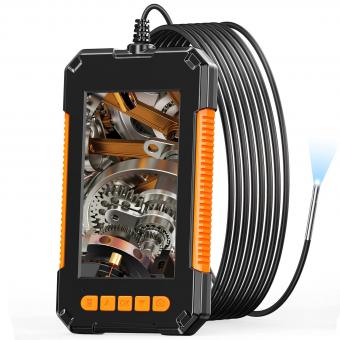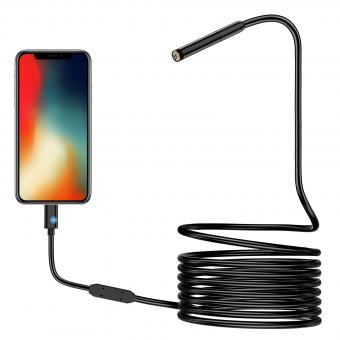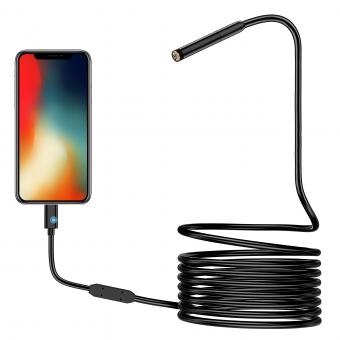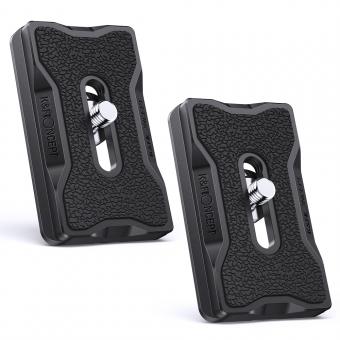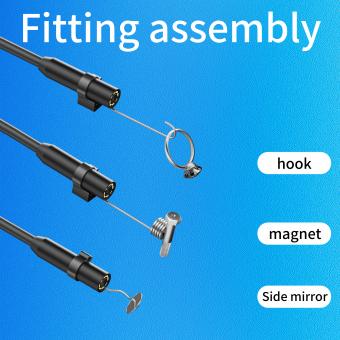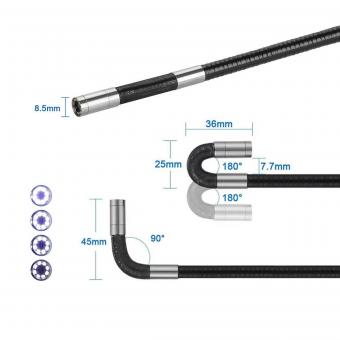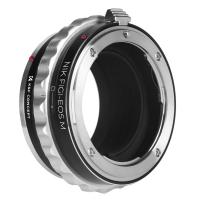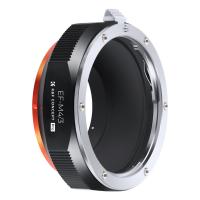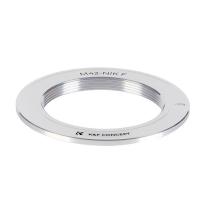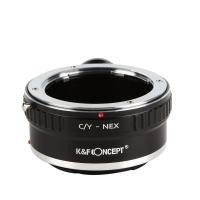How Is A Gastro Endoscope Protected ?
A gastro endoscope is typically protected through proper cleaning and disinfection procedures. After each use, the endoscope is thoroughly cleaned to remove any debris or organic material. It is then subjected to a high-level disinfection process using chemicals or automated systems to kill or inactivate any remaining microorganisms. This helps to ensure that the endoscope is safe for subsequent use on another patient. Additionally, some endoscopes may have protective sheaths or covers that can be used to minimize the risk of contamination during storage or transportation. Regular maintenance and inspection of the endoscope are also important to identify any potential damage or malfunction that could compromise its protective capabilities.
1、 Sterilization methods for gastro endoscopes in healthcare settings.
Gastro endoscopes are protected through a combination of cleaning, disinfection, and sterilization methods in healthcare settings. These processes are crucial to ensure the safety and effectiveness of the endoscope during procedures and to prevent the transmission of infections between patients.
The first step in protecting a gastro endoscope is thorough cleaning. This involves removing any visible debris or organic material from the endoscope using enzymatic cleaners and brushes. Manual cleaning is typically followed by automated cleaning using washer-disinfectors, which can effectively remove residual contaminants.
After cleaning, the endoscope undergoes high-level disinfection. This process kills or inactivates most microorganisms, including bacteria, viruses, and fungi. High-level disinfection is typically achieved through the use of chemical disinfectants, such as glutaraldehyde or peracetic acid. These disinfectants are effective against a wide range of pathogens and are compatible with the materials used in endoscopes.
In addition to cleaning and disinfection, some healthcare facilities also employ sterilization methods for gastro endoscopes. Sterilization is the highest level of microbial kill and ensures the complete elimination of all microorganisms, including bacterial spores. Sterilization methods commonly used for endoscopes include ethylene oxide gas sterilization and hydrogen peroxide gas plasma sterilization. These methods are effective in achieving sterilization but may require specialized equipment and longer processing times.
It is important to note that the latest point of view regarding the protection of gastro endoscopes emphasizes the need for strict adherence to established cleaning, disinfection, and sterilization protocols. Recent studies have highlighted the potential for the transmission of multidrug-resistant organisms through inadequately cleaned or disinfected endoscopes. Therefore, healthcare facilities must ensure that staff members are properly trained in the cleaning and disinfection processes and that regular monitoring and quality assurance programs are in place to verify the effectiveness of these procedures.
In conclusion, the protection of gastro endoscopes in healthcare settings involves a combination of cleaning, disinfection, and sterilization methods. These processes are essential for preventing the transmission of infections and ensuring the safety of patients undergoing endoscopic procedures. Adherence to established protocols and continuous monitoring of the effectiveness of these methods are crucial to maintaining the highest standards of patient care.
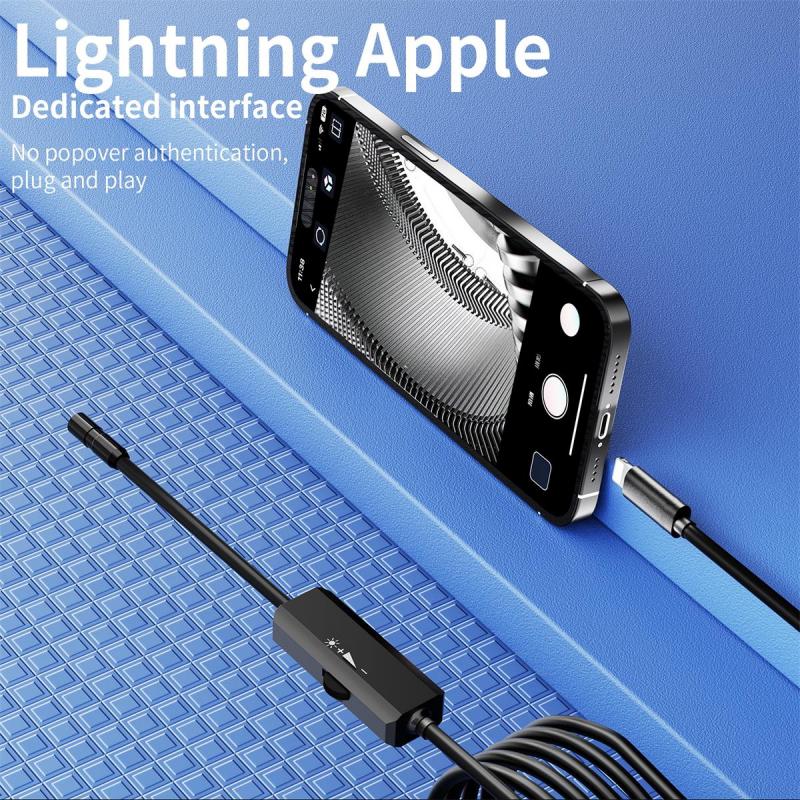
2、 Protective measures for gastro endoscope during transportation and storage.
Protective measures for gastro endoscope during transportation and storage are crucial to ensure the device's functionality and prevent damage. Gastro endoscopes are delicate instruments that require careful handling and protection to maintain their performance and longevity.
One of the primary protective measures is to use a specialized case or container designed specifically for gastro endoscope transportation and storage. These cases are typically made of durable materials such as hard plastic or aluminum, which provide impact resistance and protect the endoscope from external forces. The case should have foam padding or compartments to securely hold the endoscope and its accessories, preventing any movement or potential damage during transportation.
Additionally, it is essential to handle the endoscope with care and avoid any rough or sudden movements that could cause damage. The endoscope should be held by its handle or control body, ensuring a firm grip while avoiding excessive force. It is also crucial to avoid bending or twisting the insertion tube, as this can lead to irreversible damage.
Proper cleaning and disinfection of the endoscope before transportation and storage are also essential protective measures. This ensures that the device is free from any contaminants or residues that could potentially cause damage or compromise patient safety. Following the manufacturer's instructions for cleaning and disinfection is crucial to maintain the endoscope's integrity.
Furthermore, it is recommended to store the endoscope in a clean and dry environment, away from direct sunlight and extreme temperatures. Exposure to moisture or heat can damage the delicate components of the endoscope, leading to malfunction or reduced lifespan.
In recent years, there have been advancements in protective measures for gastro endoscopes. For example, some manufacturers have introduced innovative technologies such as impact-resistant materials, reinforced insertion tubes, and protective caps for vulnerable parts of the endoscope. These advancements aim to enhance the durability and protection of the endoscope during transportation and storage.
In conclusion, protecting a gastro endoscope during transportation and storage involves using specialized cases, handling the device with care, proper cleaning and disinfection, and storing it in a suitable environment. Adhering to these protective measures ensures the longevity and optimal performance of the endoscope, ultimately benefiting both healthcare providers and patients.
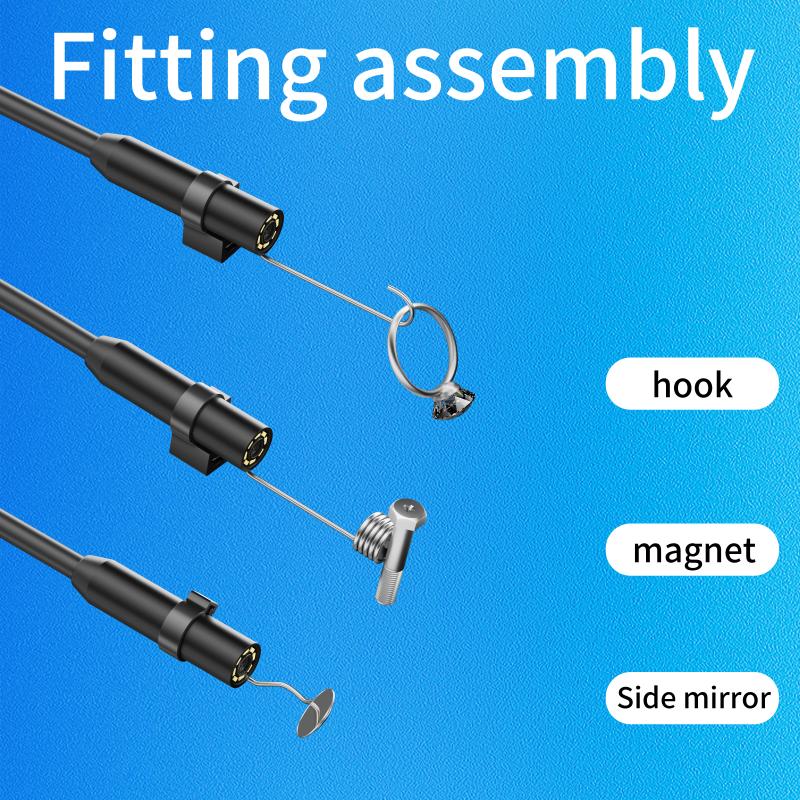
3、 Cleaning and disinfection protocols for gastro endoscope reprocessing.
A gastro endoscope is protected through a combination of cleaning and disinfection protocols during the reprocessing process. These protocols are designed to ensure that the endoscope is thoroughly cleaned and disinfected, reducing the risk of infection transmission between patients.
Cleaning protocols involve the removal of organic debris, such as blood, mucus, and tissue, from the endoscope. This is typically done by flushing the channels with enzymatic cleaners and manually scrubbing the exterior surfaces. The endoscope is then rinsed with water to remove any remaining debris.
Disinfection protocols aim to kill or inactivate any remaining microorganisms on the endoscope. This is typically achieved through high-level disinfection using chemical agents, such as glutaraldehyde or peracetic acid. The endoscope is immersed in the disinfectant solution for a specified period of time, ensuring that all surfaces are thoroughly exposed to the disinfectant.
In recent years, there has been a growing concern about the potential for bacterial contamination of endoscopes, particularly due to the presence of biofilm. Biofilm is a complex community of microorganisms that can form on the surfaces of endoscopes and is resistant to traditional cleaning and disinfection methods. As a result, there has been an increased focus on improving cleaning and disinfection protocols to effectively remove and prevent biofilm formation.
The latest point of view suggests that a multi-step approach is necessary to adequately protect gastro endoscopes. This includes pre-cleaning to remove organic debris, manual cleaning to physically remove biofilm, and high-level disinfection to kill or inactivate any remaining microorganisms. Additionally, the use of automated endoscope reprocessors (AERs) has been recommended to ensure consistent and effective reprocessing.
Regular monitoring and auditing of the reprocessing process are also essential to ensure compliance with protocols and identify any areas for improvement. This may involve visual inspection, microbial testing, and the use of advanced technologies, such as automated endoscope inspection systems (AEIS), to detect any residual contamination.
In conclusion, the protection of gastro endoscopes involves rigorous cleaning and disinfection protocols. The latest point of view emphasizes the need for a multi-step approach, including pre-cleaning, manual cleaning, and high-level disinfection, to effectively remove organic debris and prevent biofilm formation. Regular monitoring and auditing of the reprocessing process are also crucial to ensure compliance and identify any areas for improvement.
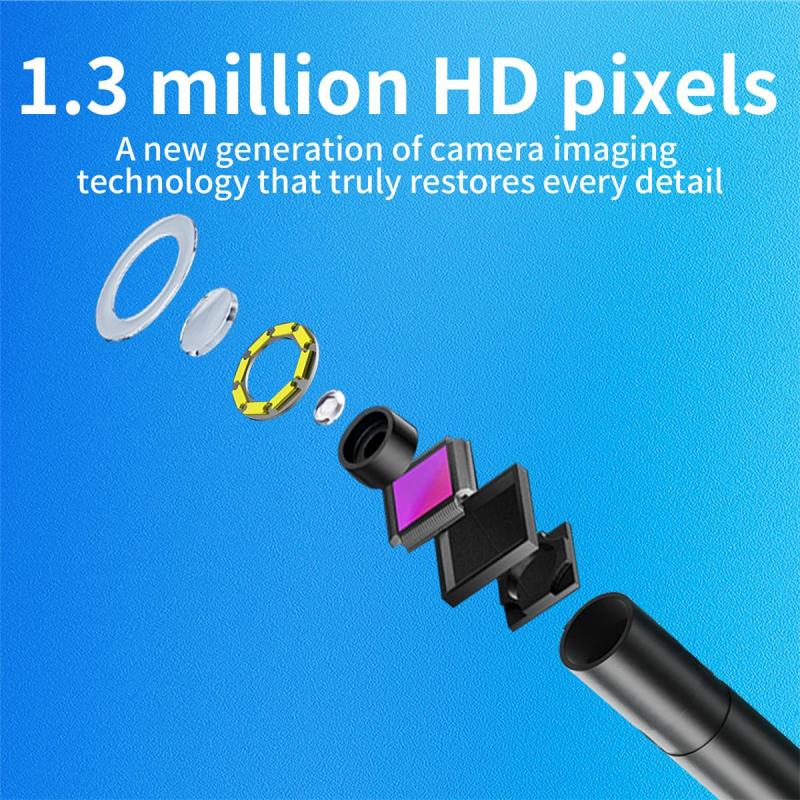
4、 Barrier techniques to prevent contamination during gastro endoscope use.
A gastro endoscope is a medical device used to examine the gastrointestinal tract. It is essential to ensure that the endoscope is protected and free from contamination to prevent the transmission of infections between patients. Barrier techniques are employed to achieve this goal.
One of the primary barrier techniques used to protect a gastro endoscope is the use of disposable protective sheaths or covers. These sheaths are placed over the endoscope, covering the entire length of the instrument. They act as a physical barrier, preventing direct contact between the endoscope and the patient's mucous membranes. After each use, the sheath is discarded, eliminating the risk of cross-contamination.
Additionally, disposable accessories such as biopsy forceps, brushes, and valves are used during endoscopy procedures. These accessories are discarded after each use, further reducing the risk of contamination.
Furthermore, meticulous cleaning and disinfection of the endoscope are crucial. The endoscope should be thoroughly cleaned using enzymatic detergents to remove organic debris. After cleaning, high-level disinfection or sterilization is performed to kill any remaining microorganisms. This process should follow the manufacturer's guidelines and be performed by trained personnel.
In recent years, there has been growing concern about the potential for bacterial contamination within the endoscope's internal channels, particularly in the context of multidrug-resistant organisms. To address this issue, additional measures have been implemented. These include the use of automated endoscope reprocessors (AERs) that provide consistent and standardized cleaning and disinfection processes. Some AERs also incorporate innovative technologies such as hydrogen peroxide vapor or ultraviolet light to enhance disinfection efficacy.
In conclusion, barrier techniques, including the use of disposable protective sheaths, accessories, and proper cleaning and disinfection protocols, are essential for protecting gastro endoscopes from contamination. The latest advancements, such as the use of AERs and innovative disinfection technologies, further enhance the safety and effectiveness of endoscope reprocessing.
